Your cart is currently empty!

Tristan and Isolde with the Potion – John William Waterhouse
Immerse yourself in the timeless romance and tragic beauty of “Tristan and Isolde with the Potion,” a masterful oil painting reproduction by John William Waterhouse. This exquisite piece captures the poignant moment of love and longing, where the fateful potion intertwines the destinies of two star-crossed lovers.
Crafted with the highest quality materials, this reproduction showcases vibrant…
Tristan and Isolde with the Potion – John William Waterhouse
John William Waterhouse, one of the preeminent figures of the Pre-Raphaelite Brotherhood, was a master at bringing timeless legends and myths to life on canvas. His paintings often featured dramatic moments from history, literature, and mythology, executed with exquisite detail and emotional depth. One of his most compelling works, Tristan and Isolde with the Potion, created in 1916, explores the legendary tale of Tristan and Isolde, a story of love, betrayal, and tragedy that has captivated audiences for centuries.
The Legend of Tristan and Isolde
The story of Tristan and Isolde is a medieval romance that has been retold countless times in literature, music, and art. At the heart of the legend is the ill-fated love between Tristan, a knight of Cornwall, and Isolde, the Irish princess who is betrothed to King Mark of Cornwall. The pivotal moment in their story occurs when Tristan and Isolde drink a love potion, intended for the king and queen but accidentally consumed by the lovers. The potion, brewed by Isolde’s mother, is meant to solidify the bond between her daughter and King Mark, but instead, it triggers an uncontrollable and doomed passion between Tristan and Isolde, leading to tragic consequences.
The romance between Tristan and Isolde is marked by secrecy, guilt, and the eventual destruction of their love due to external pressures and their inability to escape their fate. The potion, in many versions of the story, becomes a symbol of uncontrollable desire and the destructive power of love.
Waterhouse’s Interpretation of the Myth
Waterhouse’s Tristan and Isolde with the Potion captures a key moment in the legend, depicting Tristan and Isolde at the very moment they are about to consume the potion that will forever alter their lives. The painting masterfully conveys the tension, anticipation, and the sense of inevitability that accompanies the act of drinking the potion.
In this work, Waterhouse focuses on the emotional and psychological states of the two figures. Rather than presenting an overtly dramatic moment, as is common in many mythological depictions, Waterhouse uses subtle expressions and body language to convey the weight of the moment. The scene is one of intimate tension, with the lovers caught in a moment of hesitation, yet destined to consume the potion.
Composition and Symbolism
1. The Moment of Choice
The painting captures Tristan and Isolde as they are about to take the love potion, a decision that will seal their fate. The composition is centered around the two figures, with Tristan holding the goblet containing the potion and Isolde’s gaze locked onto it. The viewer can sense the deep emotional conflict between the characters: Tristan seems resolute but wary, while Isolde’s expression is one of both longing and fear. The body language of the two figures speaks volumes about their inner turmoil—Tristan’s hand trembles slightly as he holds the goblet, while Isolde’s slightly bent posture suggests her hesitance.
The composition’s focus on the potion itself as a central object serves as a symbol of the choices they are about to make. The goblet, containing the potion that will bind them forever, becomes the focal point of the piece. It represents both the promise of passionate love and the inevitable doom that will follow.
2. The Surrounding Environment
Waterhouse often used nature to reflect the emotional atmosphere of his works, and in Tristan and Isolde with the Potion, the lush, verdant surroundings mirror the passion and sensuality of the scene. The flowers, greenery, and rich colors surrounding the figures create a sense of life and fertility, hinting at the natural, uncontrollable force of the love that is about to be unleashed. However, this lush garden also suggests an isolated, almost dreamlike space, a private world where the lovers are disconnected from reality.
The presence of dark, shadowy areas in the background can also be interpreted as a foreshadowing of the inevitable tragedy that awaits them. The duality of light and shadow in the painting suggests both the euphoric heights and the crushing depths of love, encapsulating the story’s theme of passionate love bound to result in suffering.
3. The Color Palette and Light
Waterhouse’s use of color in Tristan and Isolde with the Potion heightens the emotional intensity of the moment. The rich reds and golds in Isolde’s gown symbolize love and desire, while the dark greens and earth tones surrounding the figures suggest the looming danger and the oppressive weight of fate. The deep, almost ethereal glow that bathes the two figures enhances their sense of otherworldliness, highlighting their emotional isolation. The soft light that touches Isolde’s face, combined with the darker tones around her, reflects her vulnerability and the internal conflict she feels.
The soft, golden light that illuminates the potion enhances its symbolic significance, creating a sense of magic and mystery. The goblet gleams almost like an enchanted object, making it clear that the potion holds not just the promise of love but also the power to change their lives forever.
Themes and Interpretation
1. The Power of Love and Fate
At its core, Tristan and Isolde with the Potion is a meditation on the power of love and fate. The potion they are about to consume represents a force beyond their control—an uncontrollable, magical bond that transcends reason and is destined to lead them down a tragic path. Waterhouse’s portrayal of this moment emphasizes the inevitability of their actions. Though the lovers appear hesitant, they seem to be drawn to the potion, unable to resist its allure. The painting reflects the theme of predestination: no matter how much Tristan and Isolde may wish to avoid their fate, they are bound to it.
The moment before consuming the potion is a poignant one, capturing the tension between desire and fear. This tension is reinforced by the contrasting emotions expressed by the characters. Tristan, despite his resolve, appears conflicted, while Isolde’s wistful, almost fearful gaze suggests that she understands the consequences of what they are about to do. Waterhouse’s subtle treatment of their emotions creates a sense of vulnerability, which is one of the defining elements of the painting.
2. Betrayal and Guilt
Another key theme of Tristan and Isolde with the Potion is the idea of betrayal and guilt. Though Tristan and Isolde’s love is pure and passionate, it is also ultimately a betrayal of King Mark, Isolde’s betrothed. The lovers are fully aware that their love is forbidden and the consequences of it will be disastrous. Yet, they are unable to resist the overpowering attraction they feel toward each other, as represented by their consumption of the potion.
Waterhouse emphasizes the moral and emotional conflict of the characters. The potion represents a moment of surrender to their desires, even though they know that it will result in betrayal. The painting evokes feelings of sympathy for both Tristan and Isolde, but it also highlights the destructive nature of love when it is uncontrollable and unchecked by reason.
3. The Tragic Nature of Romantic Love
Waterhouse’s Tristan and Isolde with the Potion also reflects the inherent tragedy of romantic love. The lovers are caught in a web of desire and fate, unable to escape the consequences of their actions. This portrayal of love as both a transcendent and destructive force is central to the painting. Waterhouse, like many artists of the Pre-Raphaelite movement, was fascinated by the tragic aspects of love and sought to explore the emotional depths of his characters.
In the case of Tristan and Isolde, their love is a beautiful but doomed force, representing the paradox of romantic idealism. Though their love appears pure and true, it is also fraught with guilt, secrecy, and betrayal, culminating in inevitable heartbreak.
Waterhouse’s Technique and Legacy
As with many of his works, Waterhouse’s technical mastery is evident in Tristan and Isolde with the Potion. The artist’s meticulous attention to detail, particularly in the rendering of fabrics and textures, lends the scene a vivid realism that contrasts with the dreamlike quality of the composition. The fluidity of Isolde’s gown, the richness of the landscape, and the careful depiction of light all contribute to the immersive atmosphere of the piece.
Waterhouse’s use of color is also noteworthy, with the soft, glowing light enhancing the sense of magic and sensuality that permeates the scene. The way he juxtaposes light and shadow, and his ability to convey subtle emotional cues through body language and facial expressions, demonstrates his skill in capturing the psychological complexity of his characters.
Conclusion
Tristan and Isolde with the Potion is a powerful and evocative painting that encapsulates the themes of love, fate, and tragedy that are central to the legend of Tristan and Isolde. Through his masterful use of color, composition, and symbolism, Waterhouse brings this ancient myth to life, capturing a moment of intense emotional conflict that resonates with audiences even today. The painting invites viewers into a world where love is both beautiful and destructive, where desire is uncontrollable and fate is inescapable. Waterhouse’s treatment of this legendary tale speaks to the timeless nature of the human experience, making Tristan and Isolde with the Potion a lasting masterpiece.
John William Waterhouse
John William Waterhouse was a British painter known for his enchanting depictions of mythological and literary themes, characterized by rich colors, emotional depth, and a focus on female figures that often evoke a sense of longing and beauty.
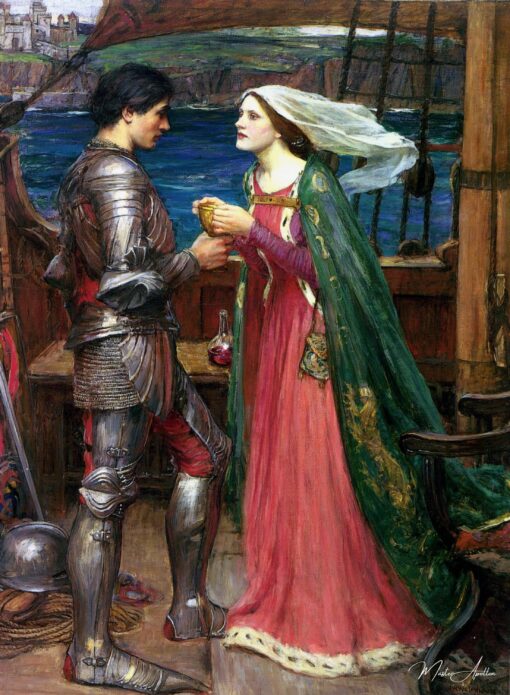
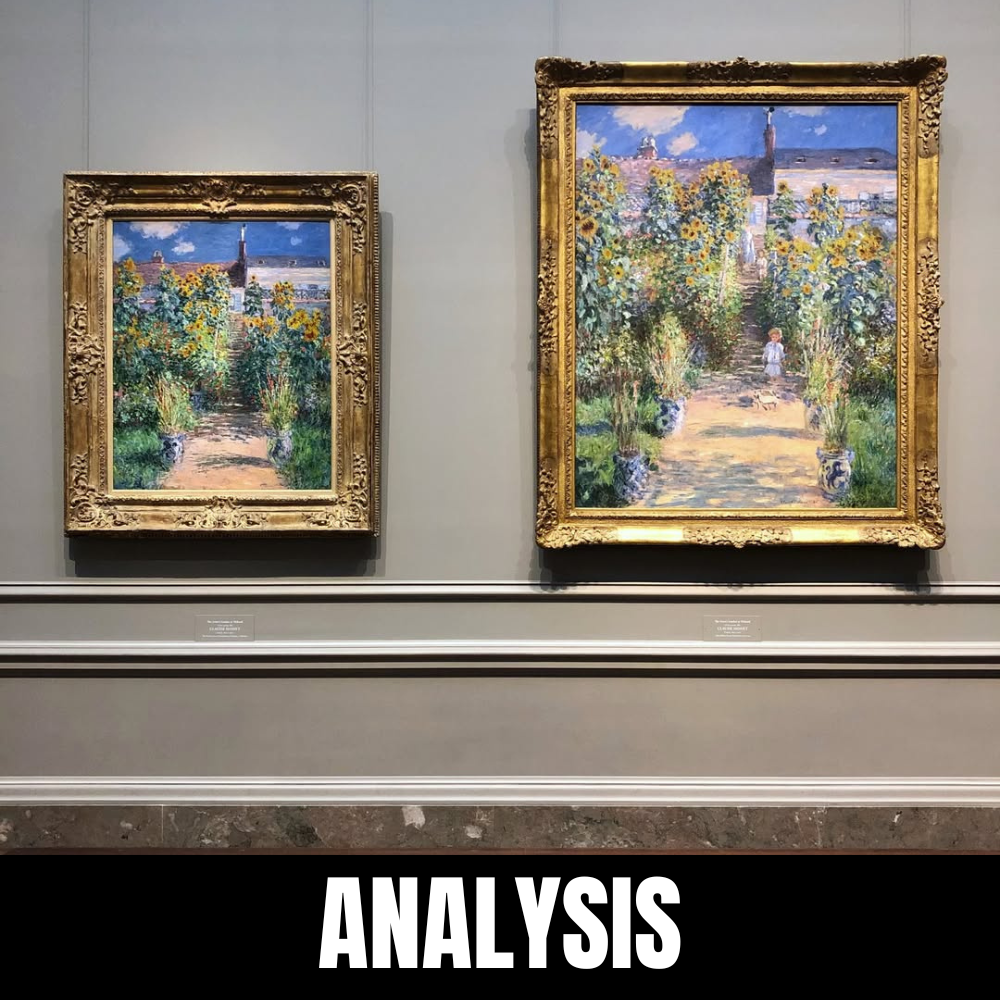
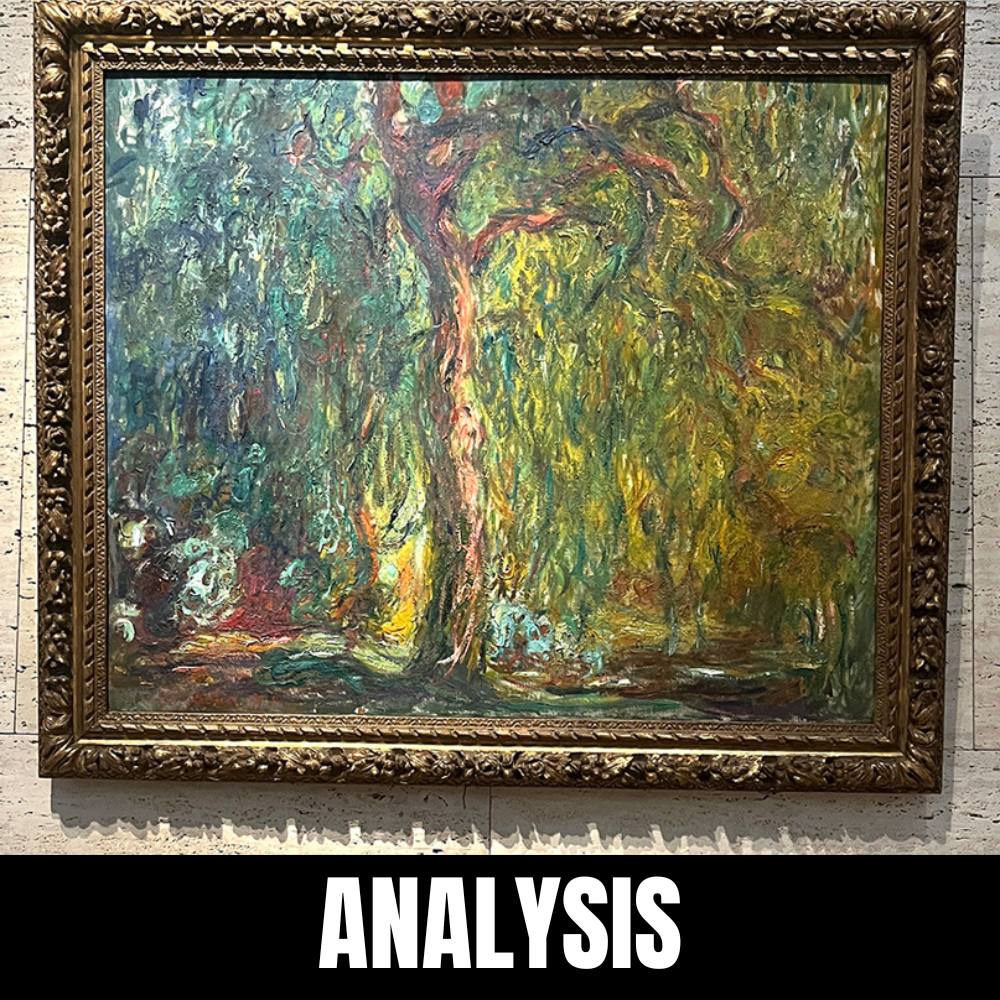
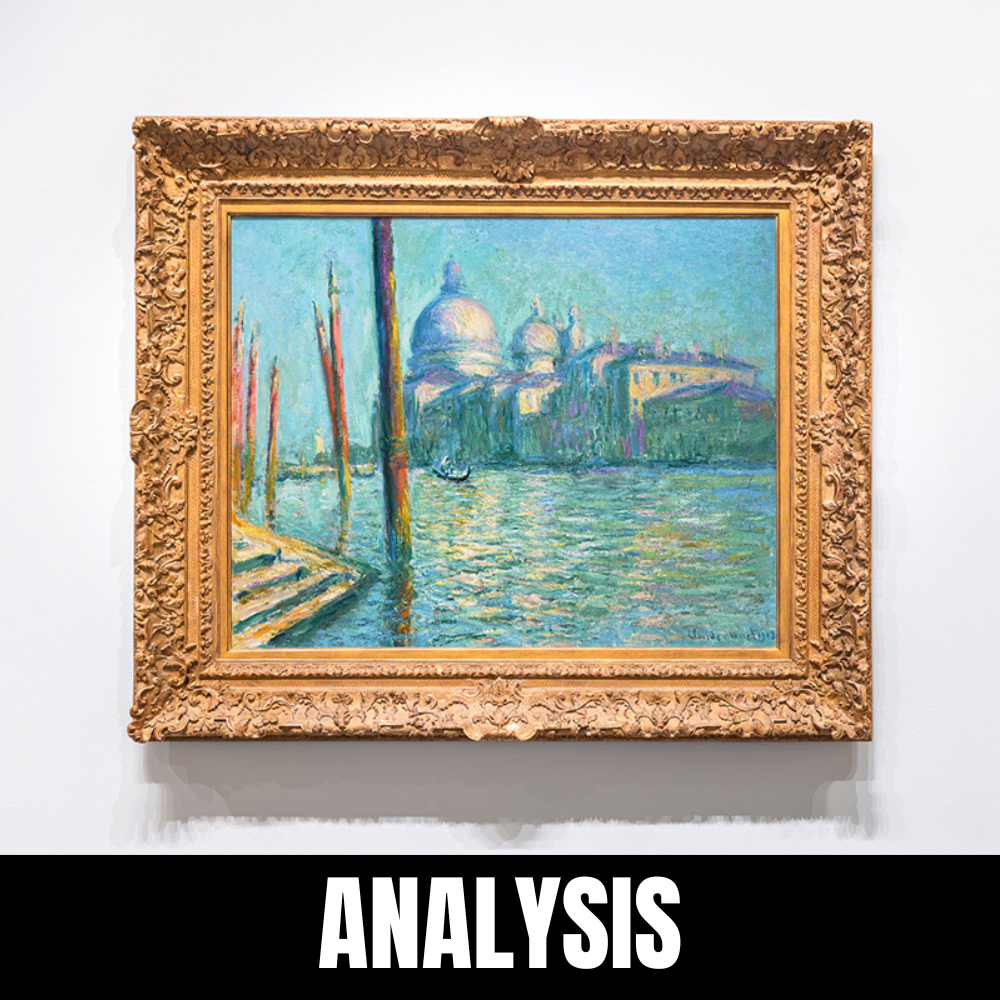
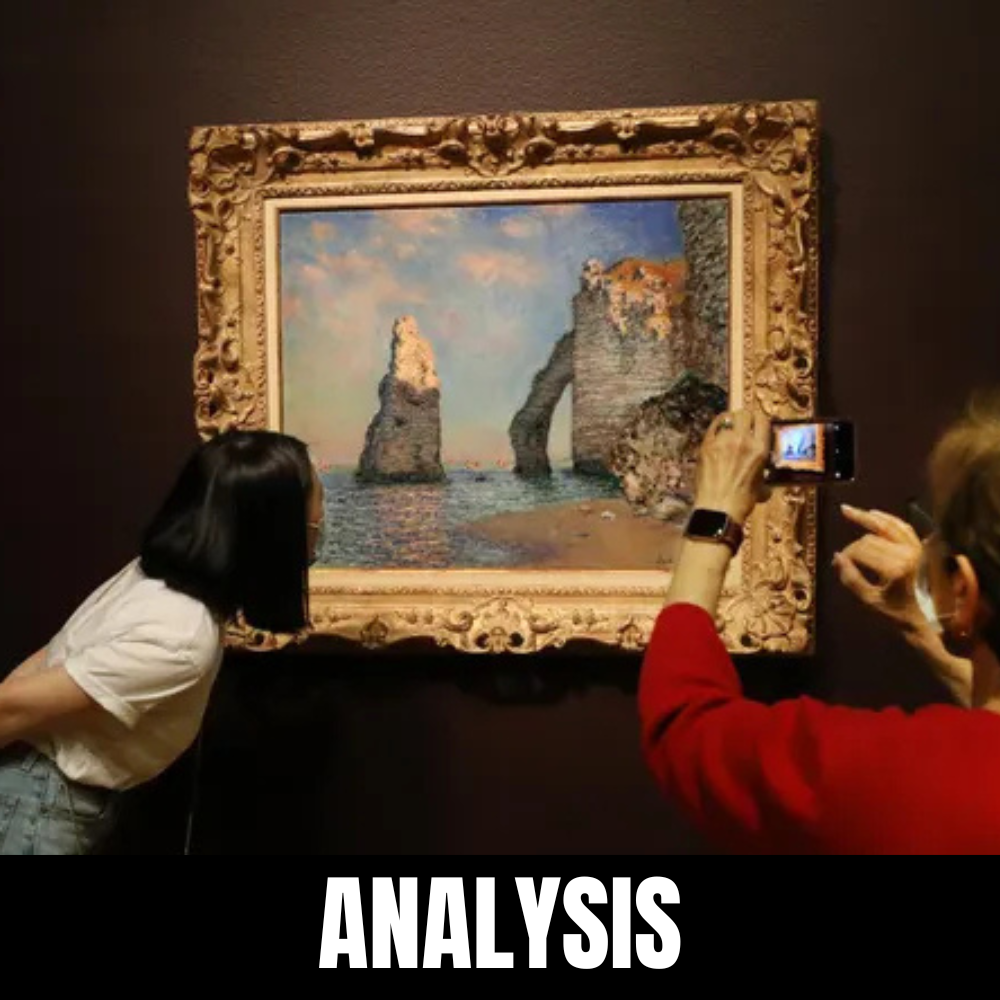
Leave a Reply